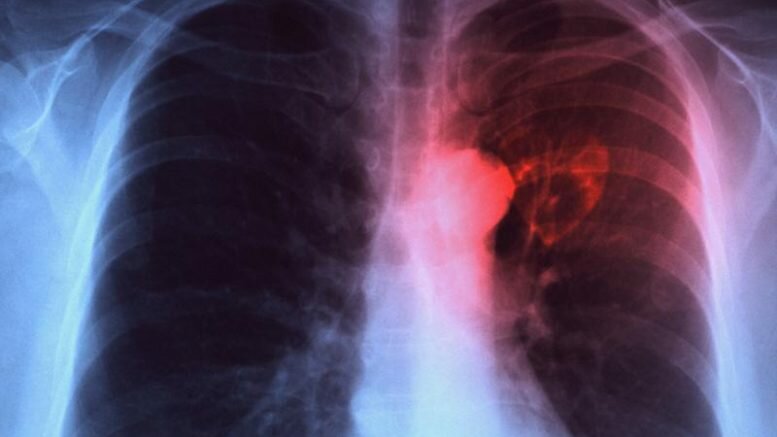One person infected by tuberculosis in Bergen
A person who has been diagnosed with contagious tuberculosis is hospitalised at Haukeland University Hospital.
The person has probably been infected abroad, the municipality of Bergen states in a press statement.
According to the municipality, the Infection Control Office has carried out a mapping of persons who have been in contact with the infected person. These are followed up according to Norwegian National guidelines. Additionally, investigations are carried out in environments that are particularly vulnerable to infection, including a municipal nursing home.
– We have conducted extensive mappings and are now in the process of contacting persons who may have been exposed to a risk of infection. They receive the necessary information and summons for examination at the Disease Control Office, Chief Infection Physician, Kari Stidal Øystese, informs.
Øystese emphasises that tuberculosis is a low contagious disease (if active, else not at all), which rarely causes infection besides in household members or others with prolonged contact with the bearer.
Tuberculosis (Wikipedia)
Tuberculosis (TB) is an infectious disease usually caused by the bacterium Mycobacterium tuberculosis (MTB).
Tuberculosis generally affects the lungs, but can also affect other parts of the body.
Most infections do not have symptoms, in which case it is known as latent tuberculosis.
About 10% of latent infections progress to active disease which, if left untreated, kills about half of those infected.
The classic symptoms of active TB are a chronic cough with blood-containing sputum, fever, night sweats, and weight loss.
It was historically called “consumption” due to the associated weight loss.
Infection of other organs can cause a wide range of symptoms.
Tuberculosis is spread through the air when people who have active TB in their lungs, cough, spit, speak, or sneeze.
People with latent TB do not spread the disease. Active infection occurs more often in people with HIV/AIDS and in those who smoke.
Diagnosis of active TB is based on chest X-rays, as well as microscopic examination and culture of body fluids. Diagnosis of latent TB relies on the tuberculin skin test (TST) or blood tests.
Prevention of TB involves screening those at high risk, early detection and treatment of cases, and vaccination with the bacillus Calmette-Guérin (BCG) vaccine. Those at high risk include household, workplace, and social contacts of people with active TB.
Treatment requires the use of multiple antibiotics over a long period of time. Antibiotic resistance is a growing problem with increasing rates of multiple drug-resistant tuberculosis (MDR-TB) and extensively drug-resistant tuberculosis (XDR-TB).
Presently, one-quarter of the world’s population is thought to be infected with TB.
New infections occur in about 1% of the population each year. In 2016, there were more than 10 million cases of active TB which resulted in 1.3 million deaths. This makes it the number one cause of death from an infectious disease.
More than 95% of deaths occurred in developing countries, and more than 50% in India, China, Indonesia, Pakistan, and the Philippines. The number of new cases each year has decreased since 2000.
About 80% of people in many Asian and African countries test positive while 5–10% of people in the United States population test positive by the tuberculin test. In Norway, the disease is practically irradicated.
Tuberculosis has been present in humans since ancient times.
© NTB scanpix / #Norway Today




